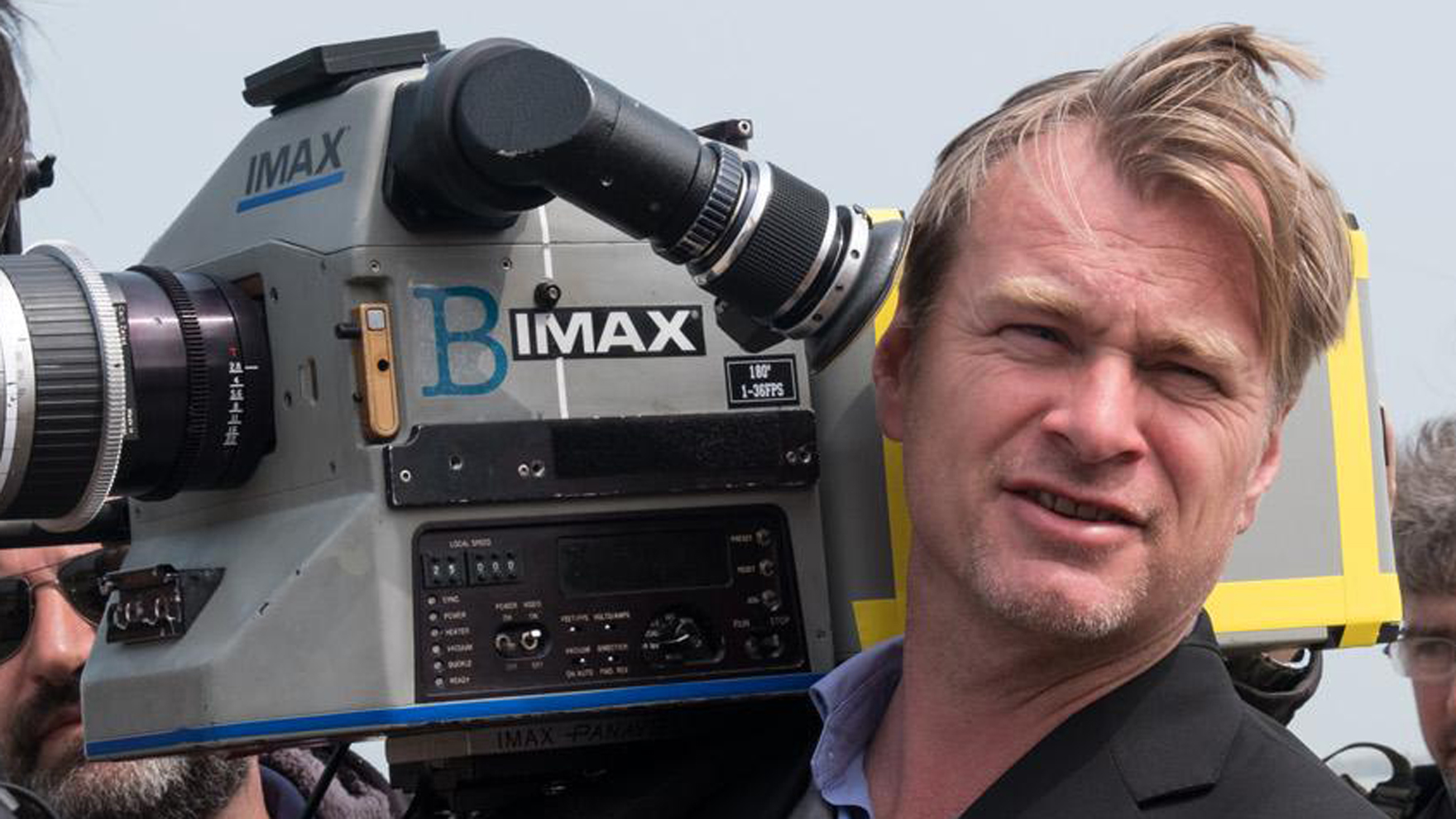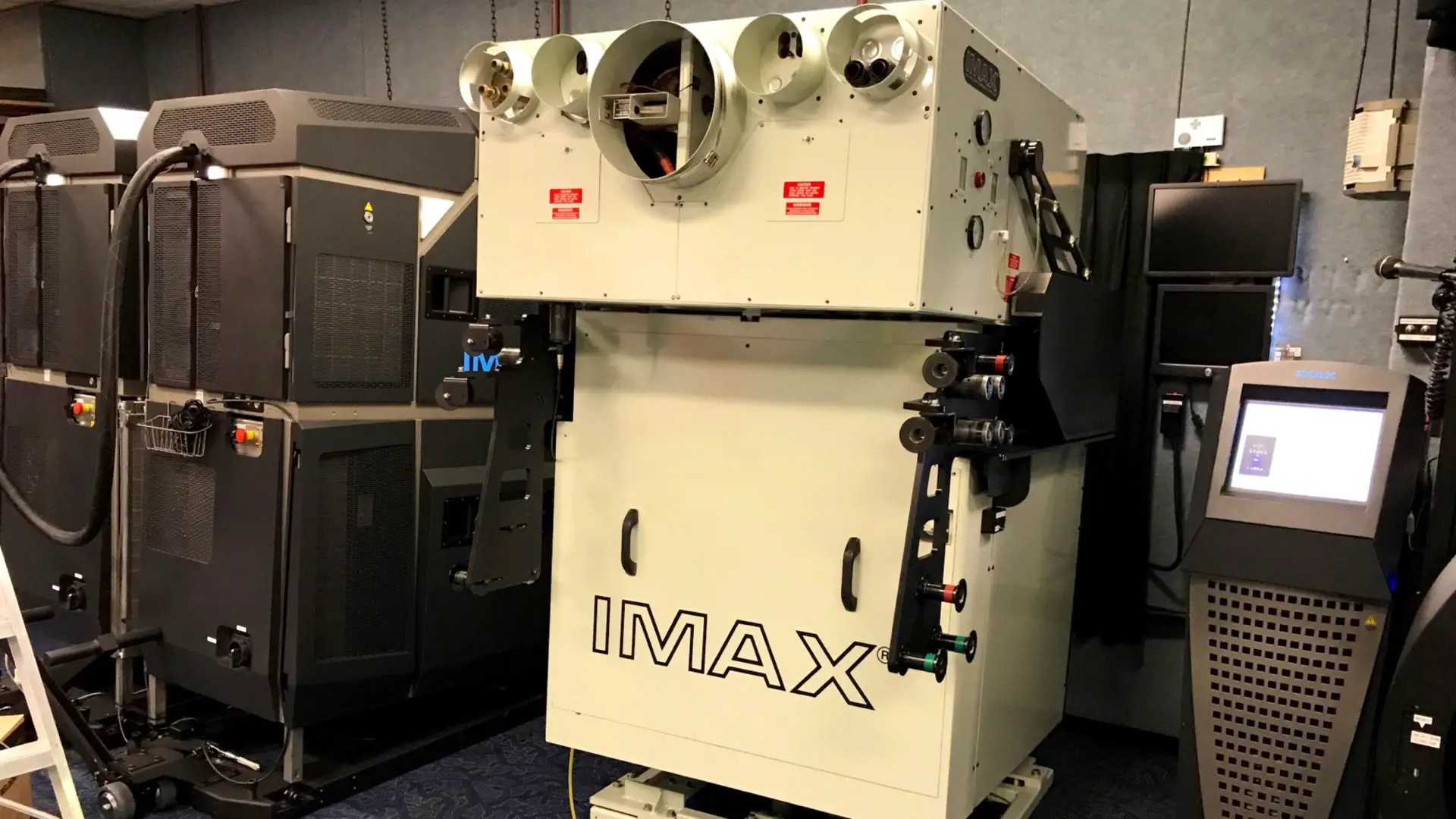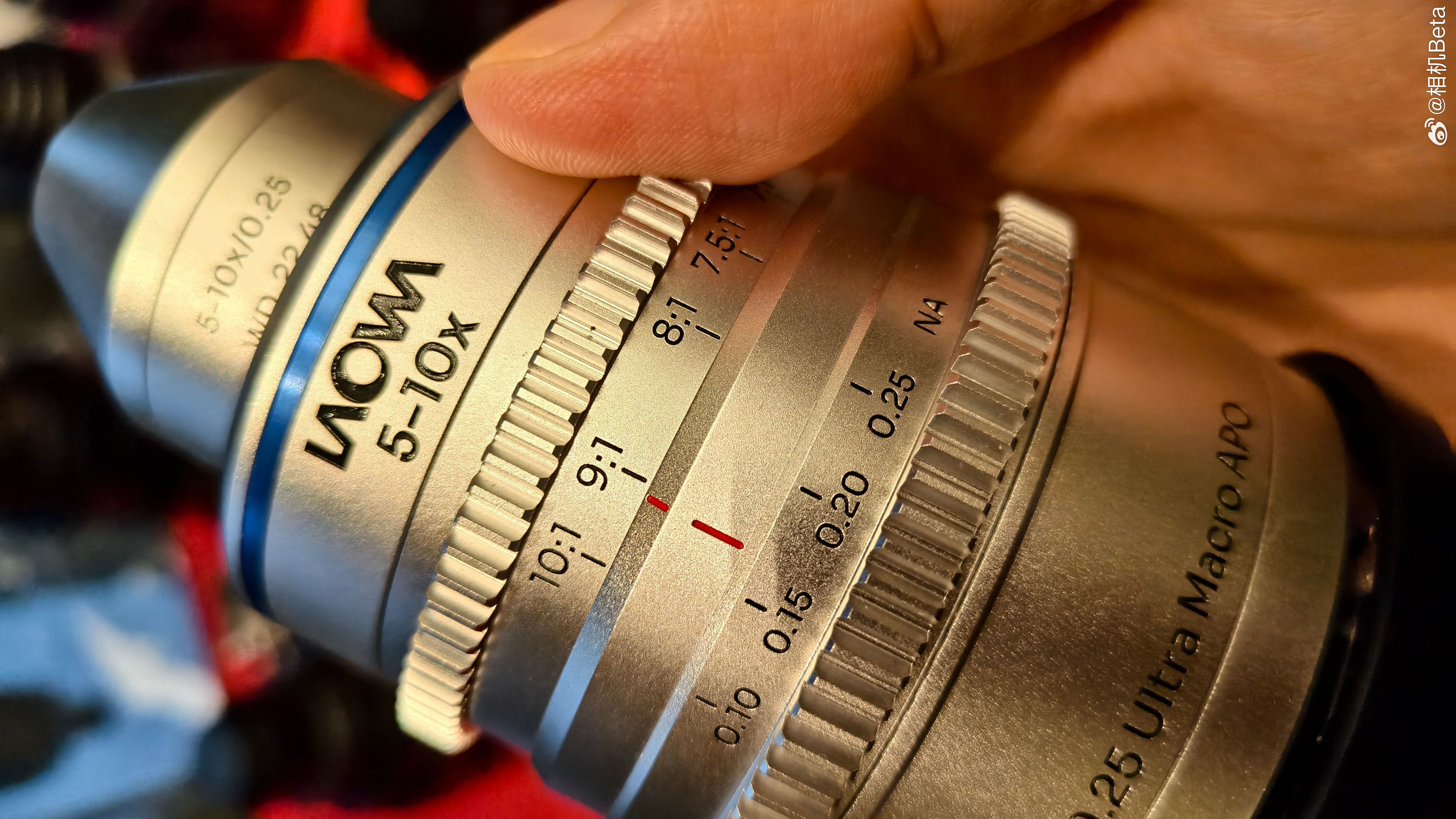The Oppenheimer effect: 4 new IMAX cameras and projectors in development
Oppenheimer rockets IMAX development for 4 new cameras and new 70mm projectors, with a fresh 7-year plan

It's safe to say that IMAX is one of the biggest names in cinema, with the brand having multiple Hollywood blockbusters, Oscars and Emmy Awards to its name.
It's always great to see 70mm film being put into the spotlight, and thanks to Christopher Nolan's new film Oppenheimer – which was shot on IMAX cameras with 70mm film, along with a new specially-developed Kodak black-and-white film – the most significant film format is here to stay, thanks to big new developments from the manufacturer.
• These are some of the best cameras for filmmaking right now
Since the release of Oppenheimer, IMAX has experienced a significant boost at the box office, with the weekend opening making $35 million. That's a massive 20% of the global gross, coming from only 740 true IMAX cinemas that can show the 70mm film from analog IMAX 1570 projectors – which offer a massive 16K resolution when compared to the 4K IMAX laser digital projectors.
Because of this, and the uptake in cinemagoers wanting to watch IMAX films at these cinemas showing Oppenheimer in its true 70mm 16K projection, CEO Richard Gelfond stated in the company's Q3 2023 financial results:
"It is increasingly clear that the future of the movie business is IMAX, as moviegoers show a growing preference for the premium IMAX Experience, our market share remains robust, and our network and content portfolio expand in the most promising international growth markets for global cinema.
"This past weekend demonstrates the paradigm shift at hand in moviegoing, as IMAX drove strong double-digit market share with a trio of Hollywood and local releases – led by the stunning performance of Oppenheimer – lifting the company to one of its best weekends of all time at the global box office."
The best camera deals, reviews, product advice, and unmissable photography news, direct to your inbox!
Due to this increase, the company is also developing new IMAX Generation 2 analog cameras – and is now also looking to develop new 70mm film projectors and rebrand others.
"We already said we are going to build new film cameras," added Gelfond in the results Q&A (via YM Cinema). "As for the projectors, they are all dated. There’s currency [sic] no new generation of those projects. But we are thinking about more opportunities regarding this. For instance, building new 70mm projectors, and branding other 70mm projectors with IMAX. We are aggressively searching for more opportunities in that regard."
What is certain is that IMAX is taking film seriously – and it's here to stay. As the brand develops more full IMAX Experience theaters, the love of film can live on and be enjoyed far and wide in true analog style.
And with the involvement of Kodak, Panavision, Christopher Nolan and more, I am hoping and expecting big things from IMAX with the new generation of cameras and projectors in the future.
You might also be interested in the best cinema cameras and the best cine lenses to go with them. And while it's not quite 16K, the best 8K cameras still offer exceptional resolution!

For nearly two decades Sebastian's work has been published internationally. Originally specializing in Equestrianism, his visuals have been used by the leading names in the equestrian industry such as The Fédération Equestre Internationale (FEI), The Jockey Club, Horse & Hound, and many more for various advertising campaigns, books, and pre/post-event highlights.
He is a Fellow of the Royal Society of Arts, holds a Foundation Degree in Equitation Science, and holds a Master of Arts in Publishing. He is a member of Nikon NPS and has been a Nikon user since his film days using a Nikon F5. He saw the digital transition with Nikon's D series cameras and is still, to this day, the youngest member to be elected into BEWA, the British Equestrian Writers' Association.
He is familiar with and shows great interest in 35mm, medium, and large-format photography, using products by Leica, Phase One, Hasselblad, Alpa, and Sinar. Sebastian has also used many cinema cameras from Sony, RED, ARRI, and everything in between. He now spends his spare time using his trusted Leica M-E or Leica M2, shooting Street/Documentary photography as he sees it, usually in Black and White.


